
Trump Tariff to Push Indian Pharma Co to Embrace AI, Cost-Efficient R&D
The proposed 10% tariff, which mirrors India’s tax on US drug imports, could severely impact profit margins for generic drug producers.
Tracking India’s rise as a global GCC leader and innovation hub, with exclusive CXO insights.

The proposed 10% tariff, which mirrors India’s tax on US drug imports, could severely impact profit margins for generic drug producers.
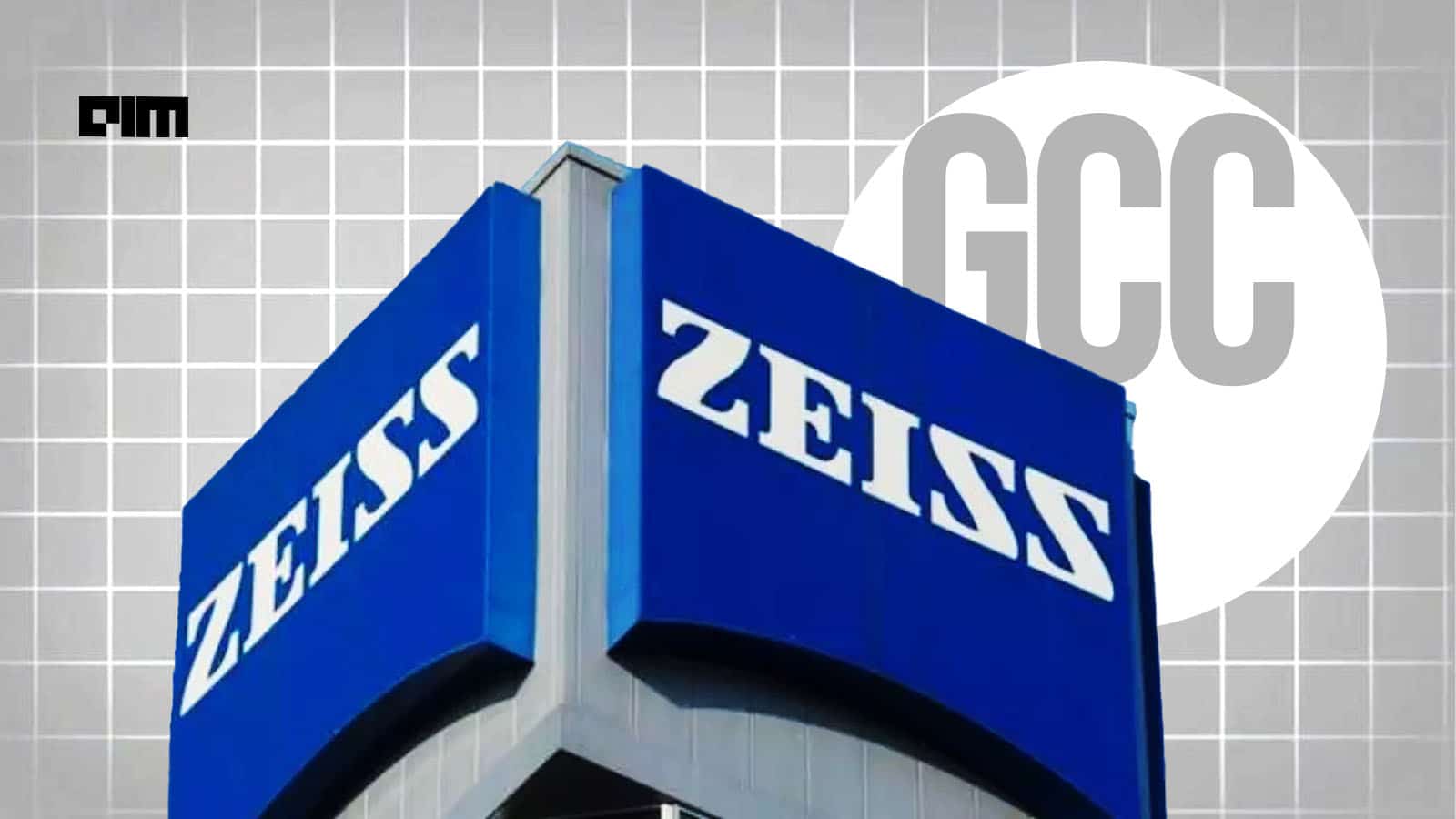
ZEISS India is building a comprehensive enterprise data platform with the ambitious goal of hosting 80% of its global data in a single environment.

Anaptyss’ ALFA, an AI-powered system for anti-money laundering transaction monitoring, offers “over 75–80% accuracy in detecting false alerts.”

Wells Fargo, with offices in Bengaluru, Chennai, and Hyderabad, plans to gradually phase out its Chennai location by the end of 2027.
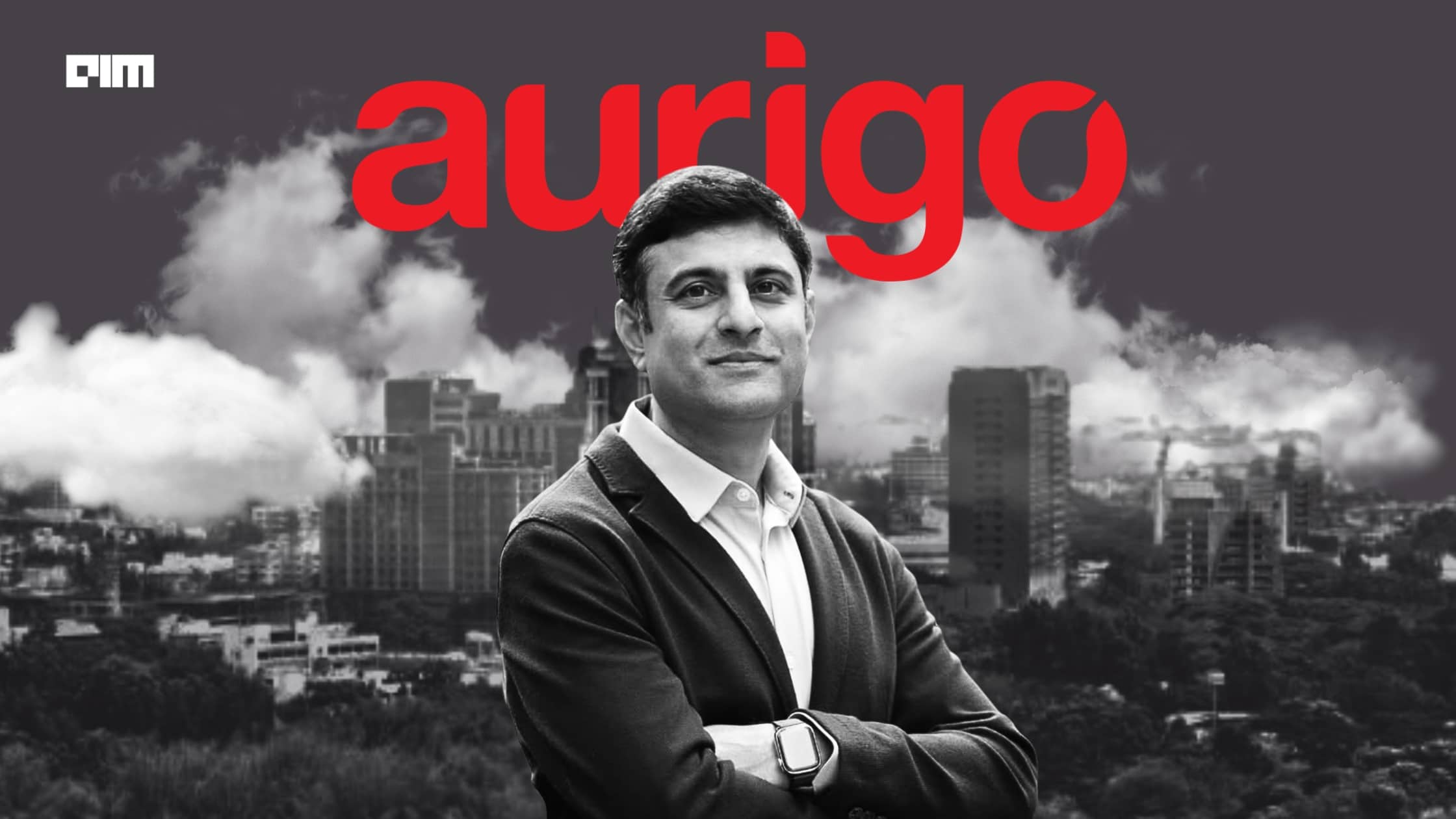
“It’s not about replacing everyone with AI agents. It’s about asking: what do the next 600 employees look like?”

“The core parts of the company’s products—from databases to workforce management solutions—are being built and evolved by teams in India.”
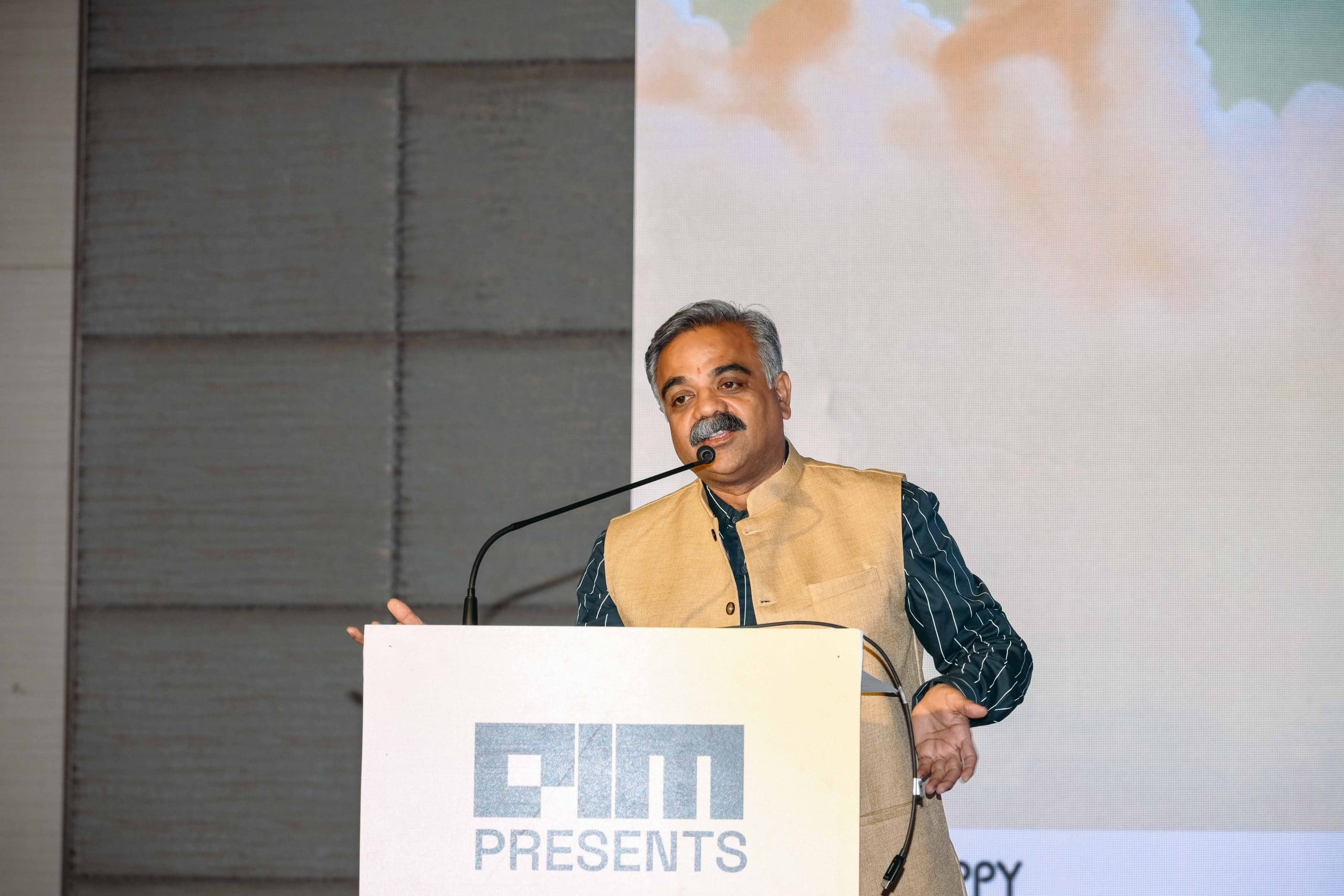
Deep-tech startups often lack costly R&D facilities. But today, GCCs fill that gap and offer them access to labs for prototyping and small-batch production, saving startups the cost of building their own infrastructure.
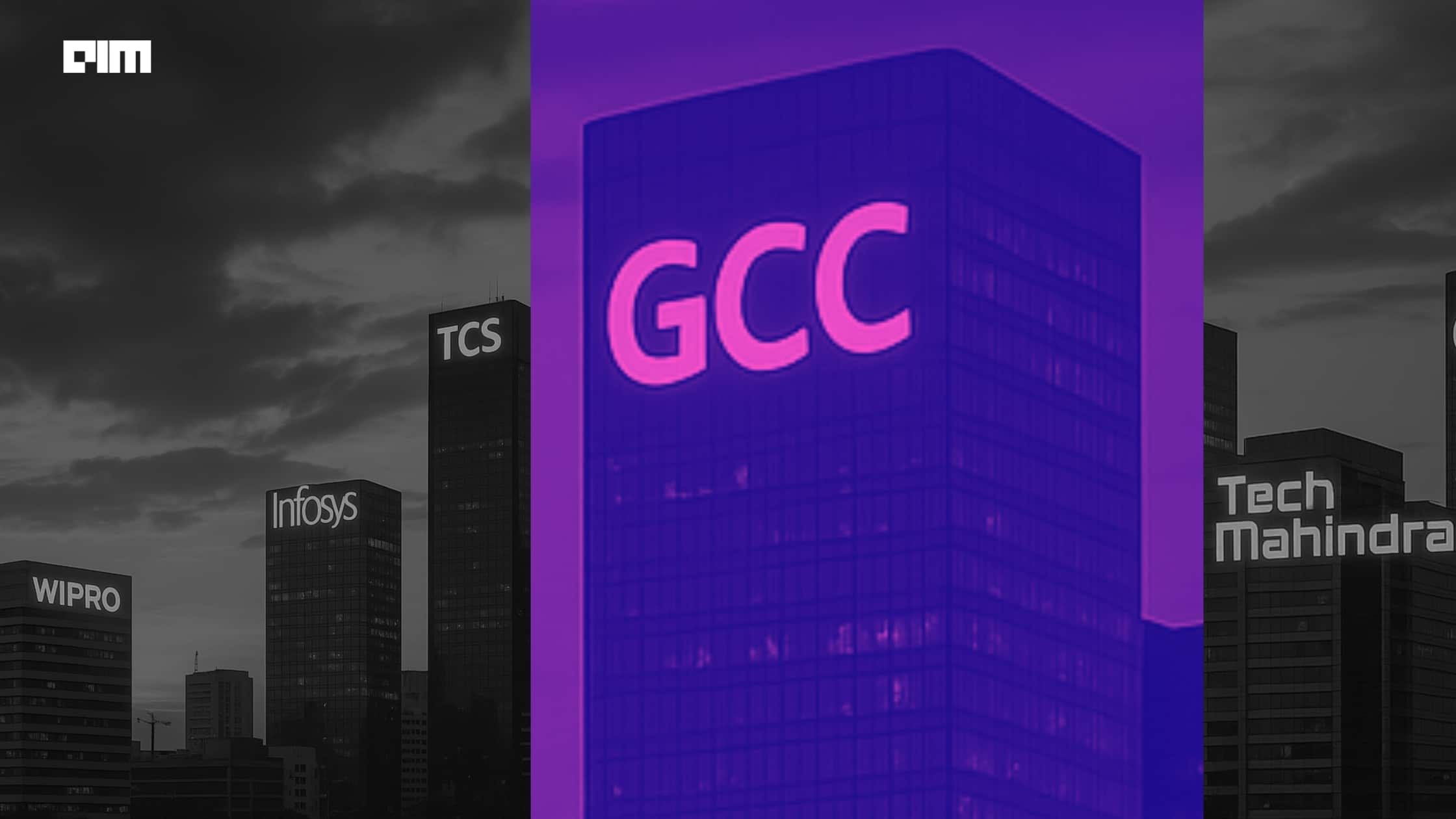
Cognizant and Infosys have called out competition from GCCs in India.
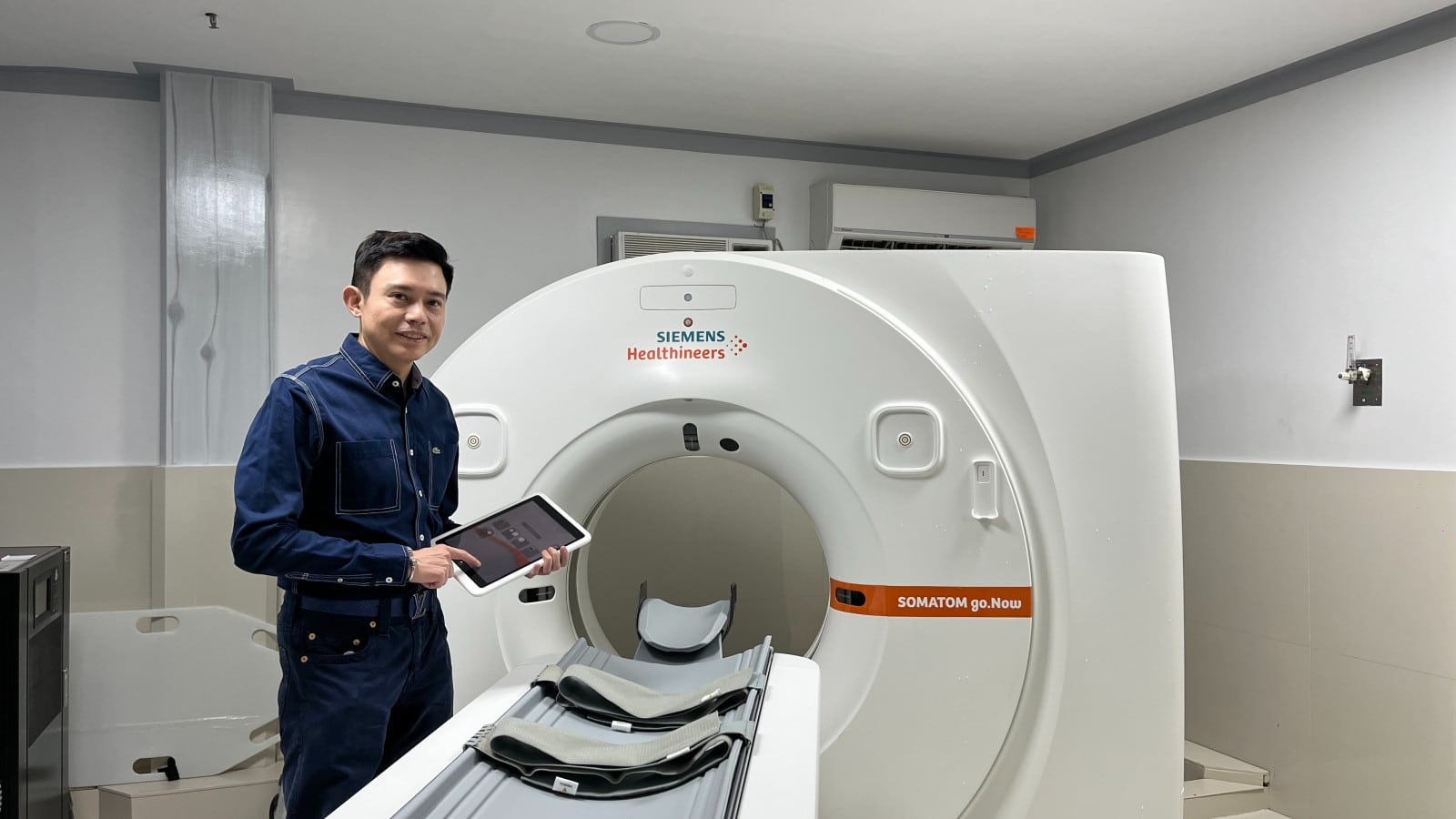
The Development Centre at Siemens Healthineers is essentially a miniature version of the company itself, featuring a large laboratory setup.

‘Mid-sized GCCs aren’t just smaller in size, they’re sharper in intent’.

The GCCs are not limited to back-office support but are also driving innovation, particularly in AI and digital transformation.

In its 2023 alone, the centre hired around 130 team members, reaching 300 employees by the end of Q1 2024.

“When there has been a cybercrime, you cannot trust the data. If you recover from it, it may make things worse.”

“If India counters with its own tariffs, it could disrupt supply chains, increase costs, and slow market expansion for both countries.”

“Bengaluru creates a unique talent pool in India that can compete with any other place in the world.”

“The Roche centre is built primarily for innovation.”
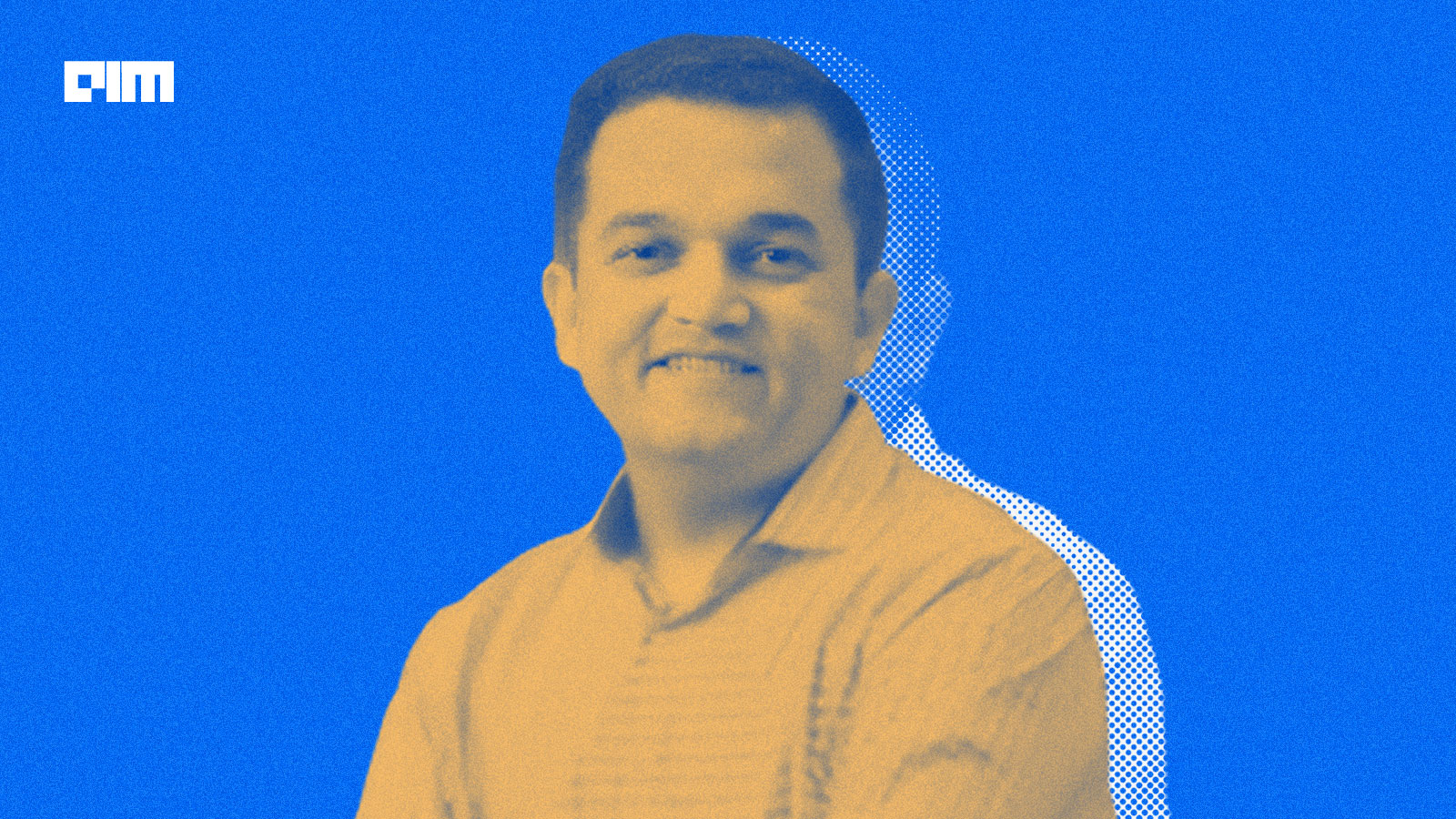
The GCC has around 1,900 employees, based mainly in Hyderabad (1,200 people) and Bengaluru (450 people)

Technicolor’s exit from India was not a reflection of local performance but rather part of a broader global restructuring triggered by external market forces.

To combat fraud, AT&T’s AI-powered fraud-detection system continuously monitors transactions, identifying and flagging suspicious activities in real time.

Telangana’s life sciences sector has recorded an impressive 23% growth in recent years, outpacing the national average of 14%.
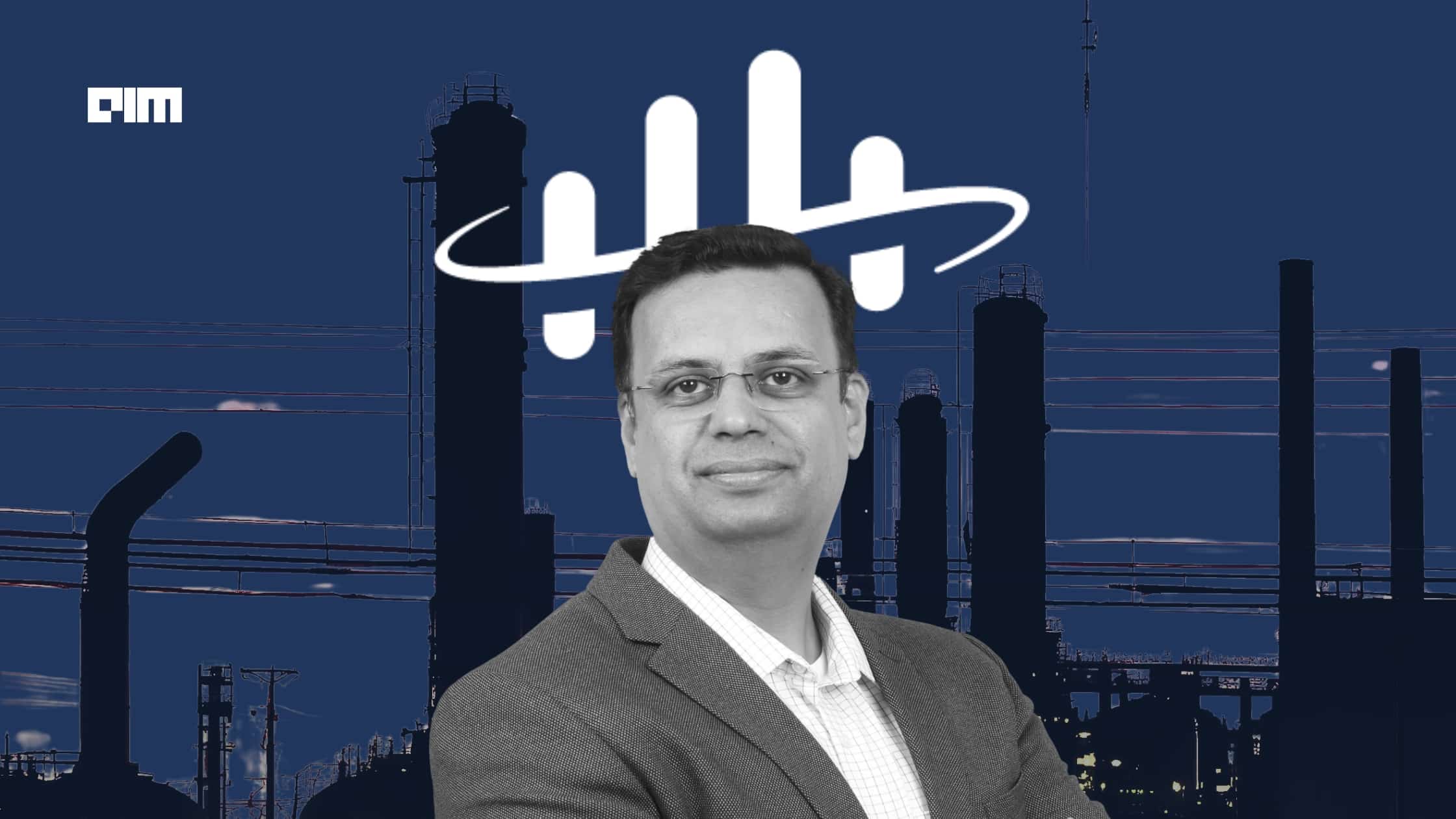
Under the leadership of Guru Ananthanarayanan, the company aims to make the India Centre the R&D hub for scaling its agentic AI framework, Atlas AI.
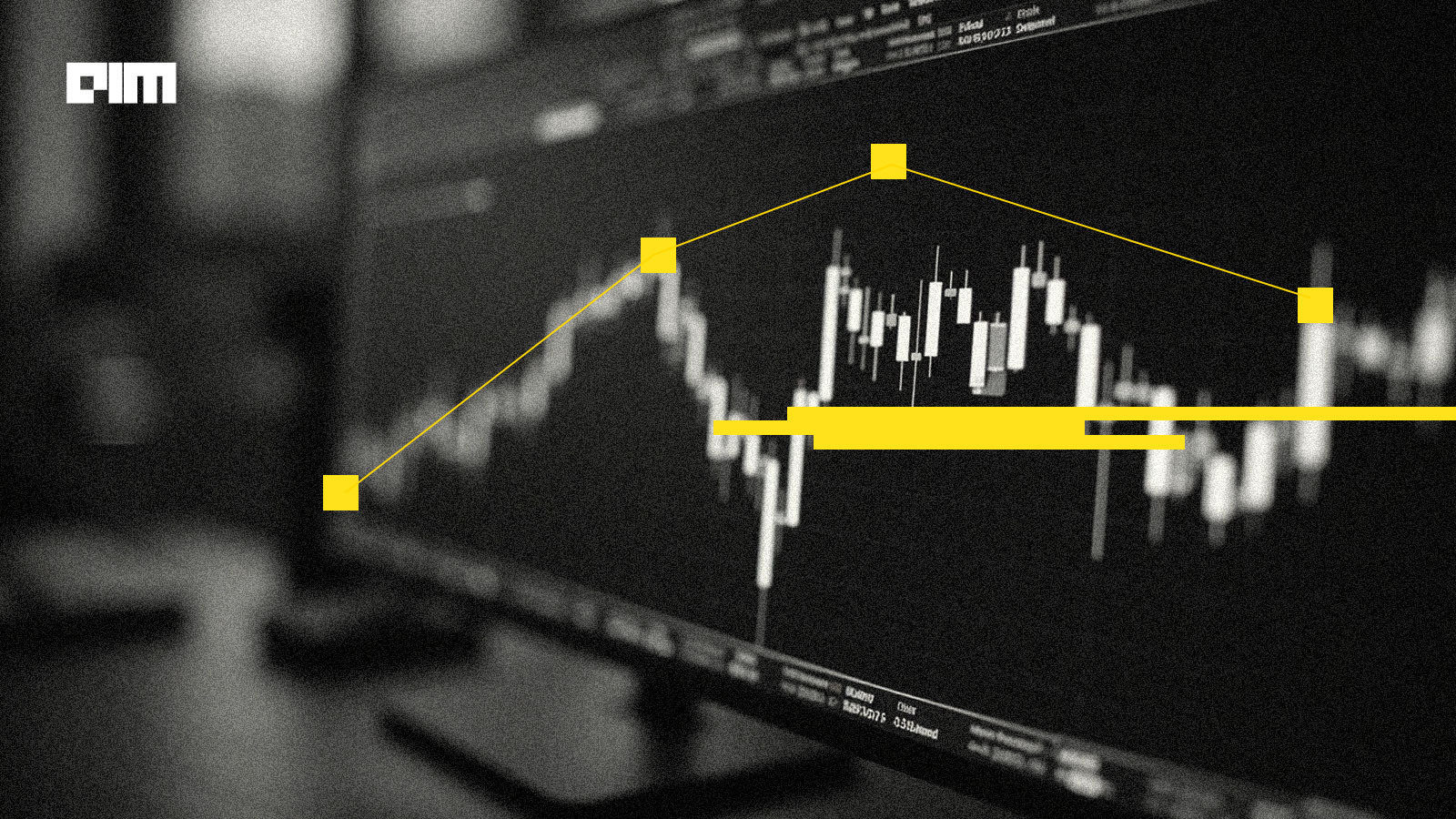
Over the years, CME Group’s workforce in India has grown from 100 to nearly 750 employees.

Japanese companies account for around 5% of India’s GCC ecosystem.
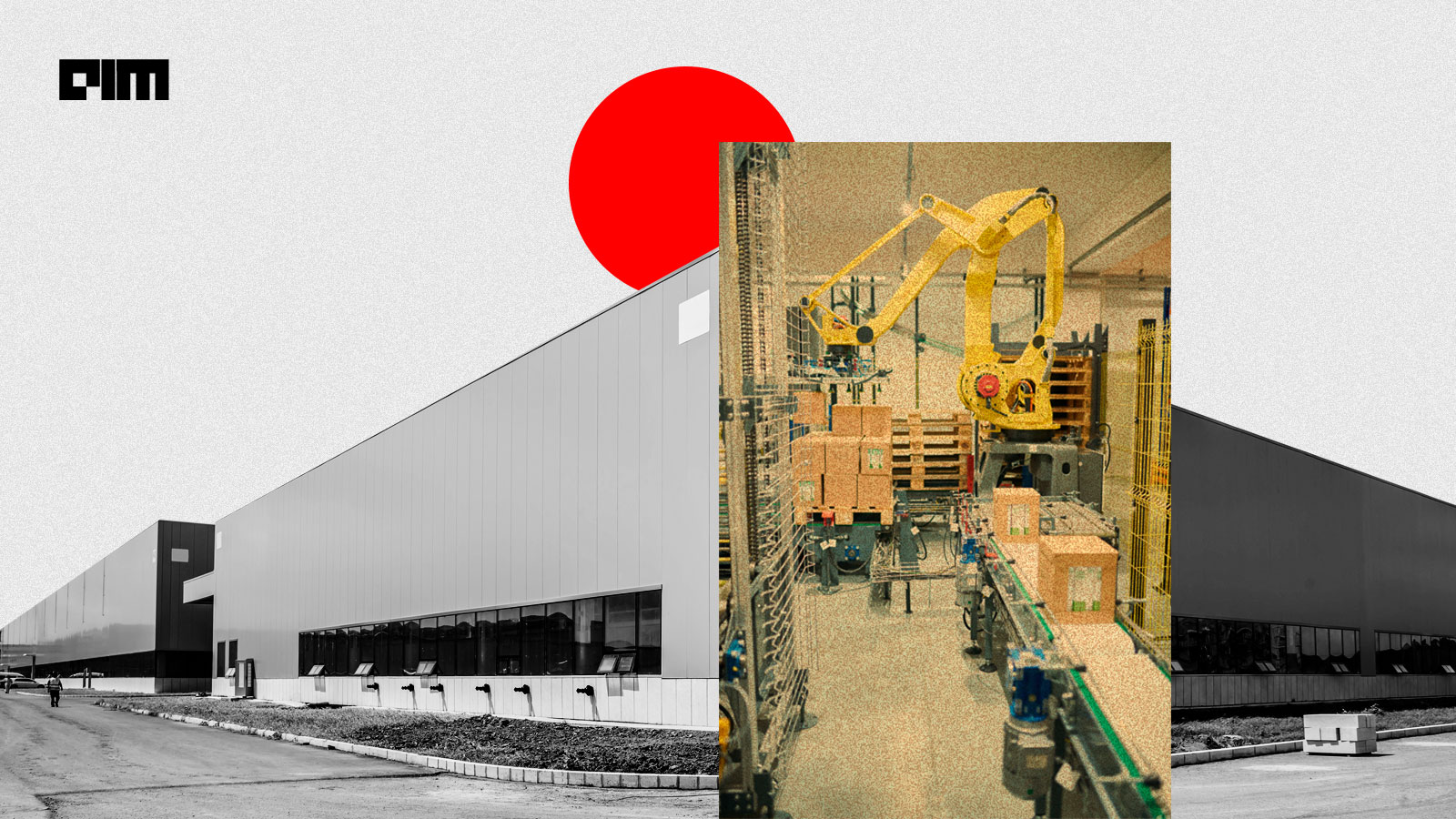
“Both the central and state governments continue to create robust ecosystems to fuel the manufacturing sector’s growth, and Karnataka is leading from the front,” Venu mentioned.
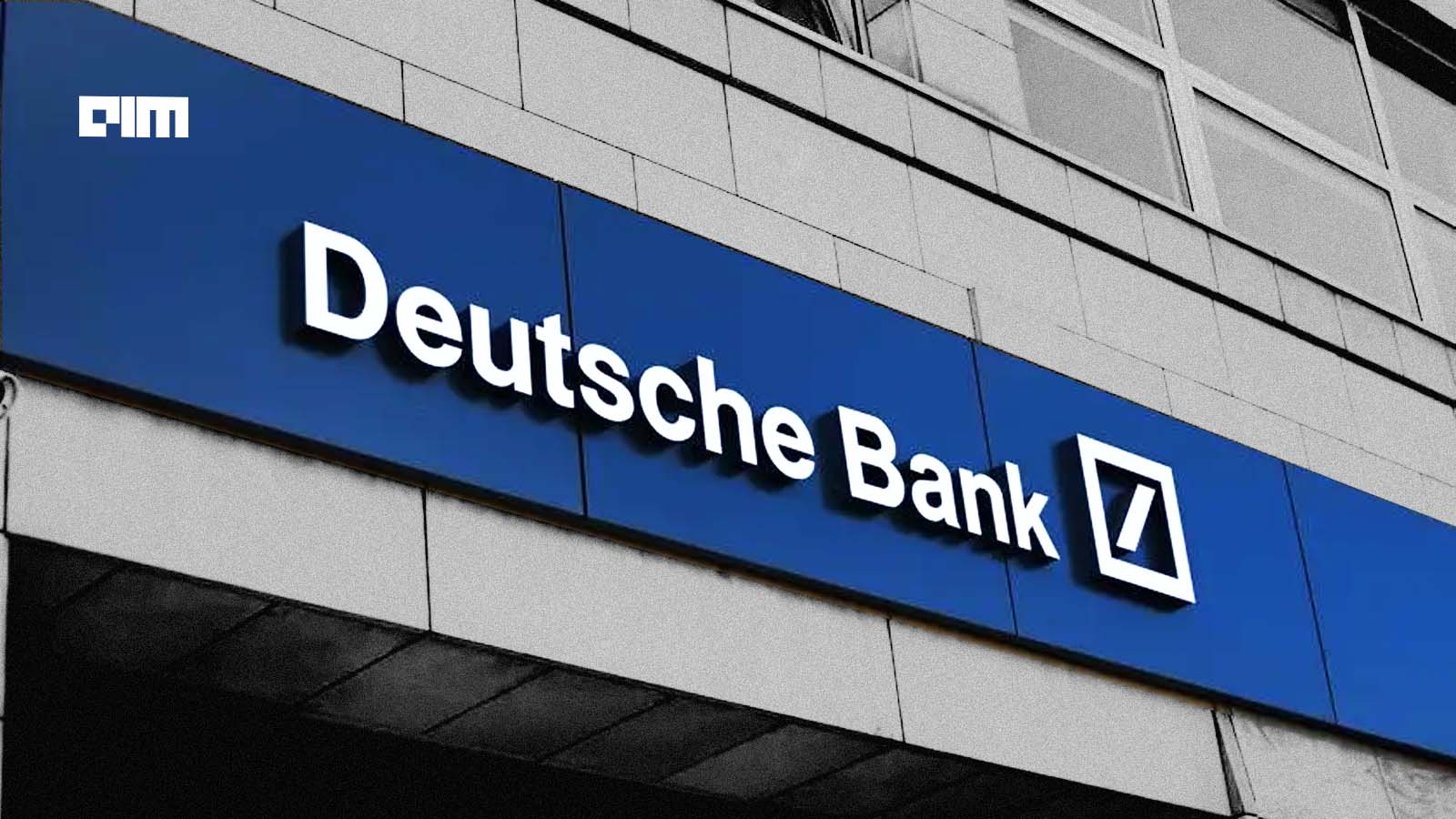
“India gives us access to a highly educated talent pool, which we don’t see in other parts of the world,” Deutsche Bank’s Bernd Leukert said.
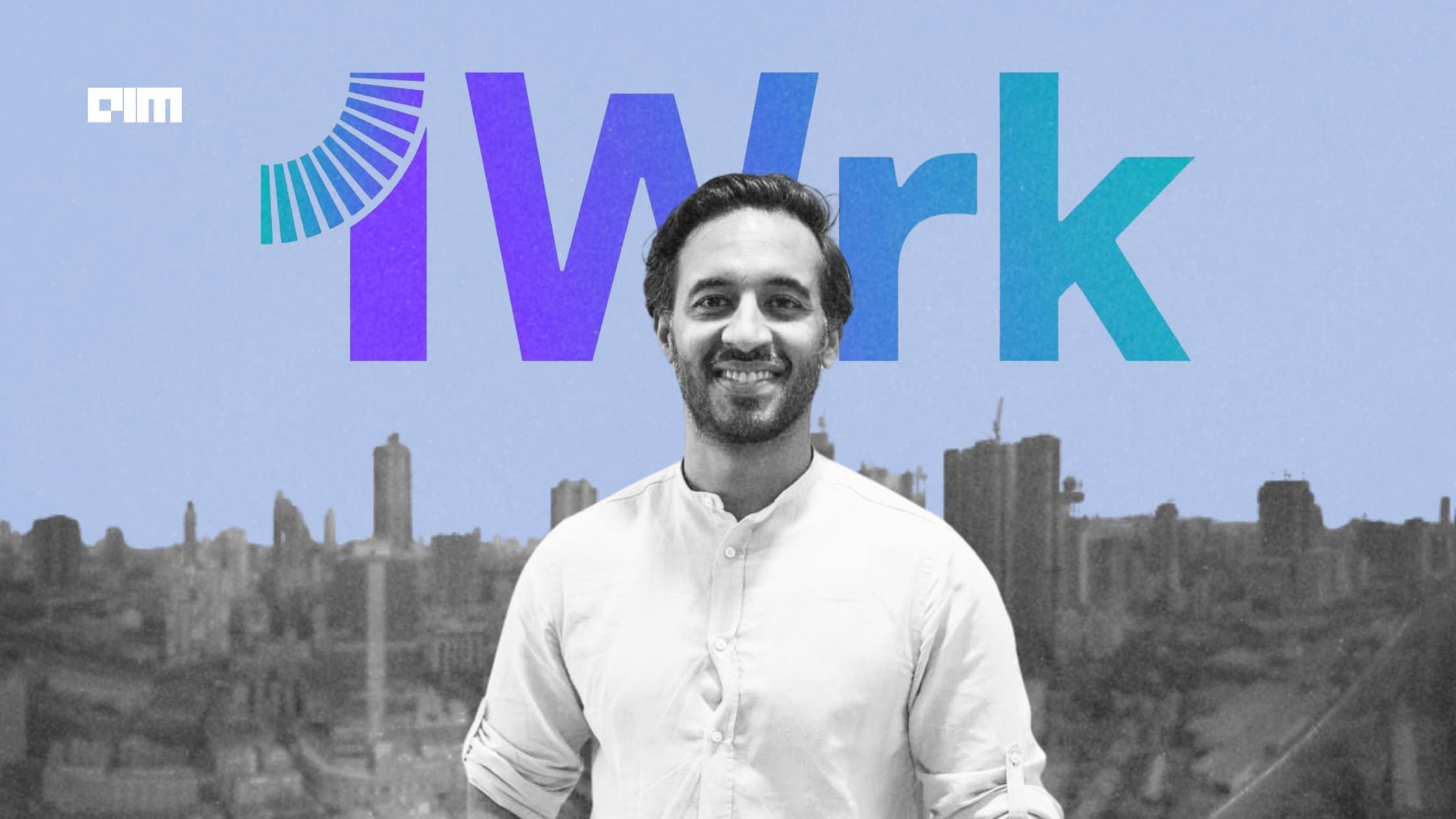
1Wrk is a comprehensive suite of solutions that assists companies in building, managing, and running GCCs in a data-driven and automated manner.
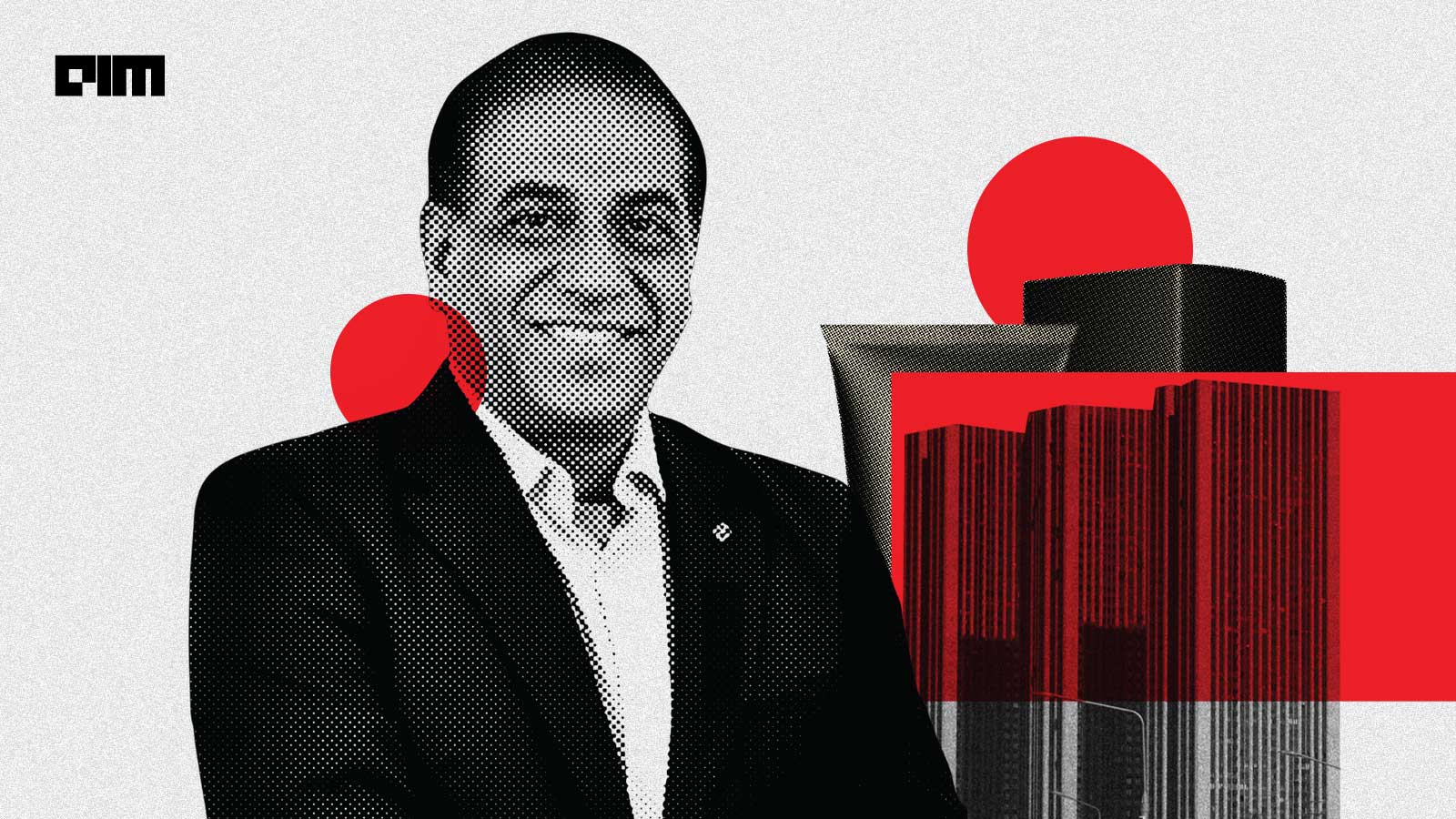
In just a year and a half since its inception, Kenvue has grown significantly, evolving from a small team of 400-500 professionals into a dynamic force in technology and product innovation.
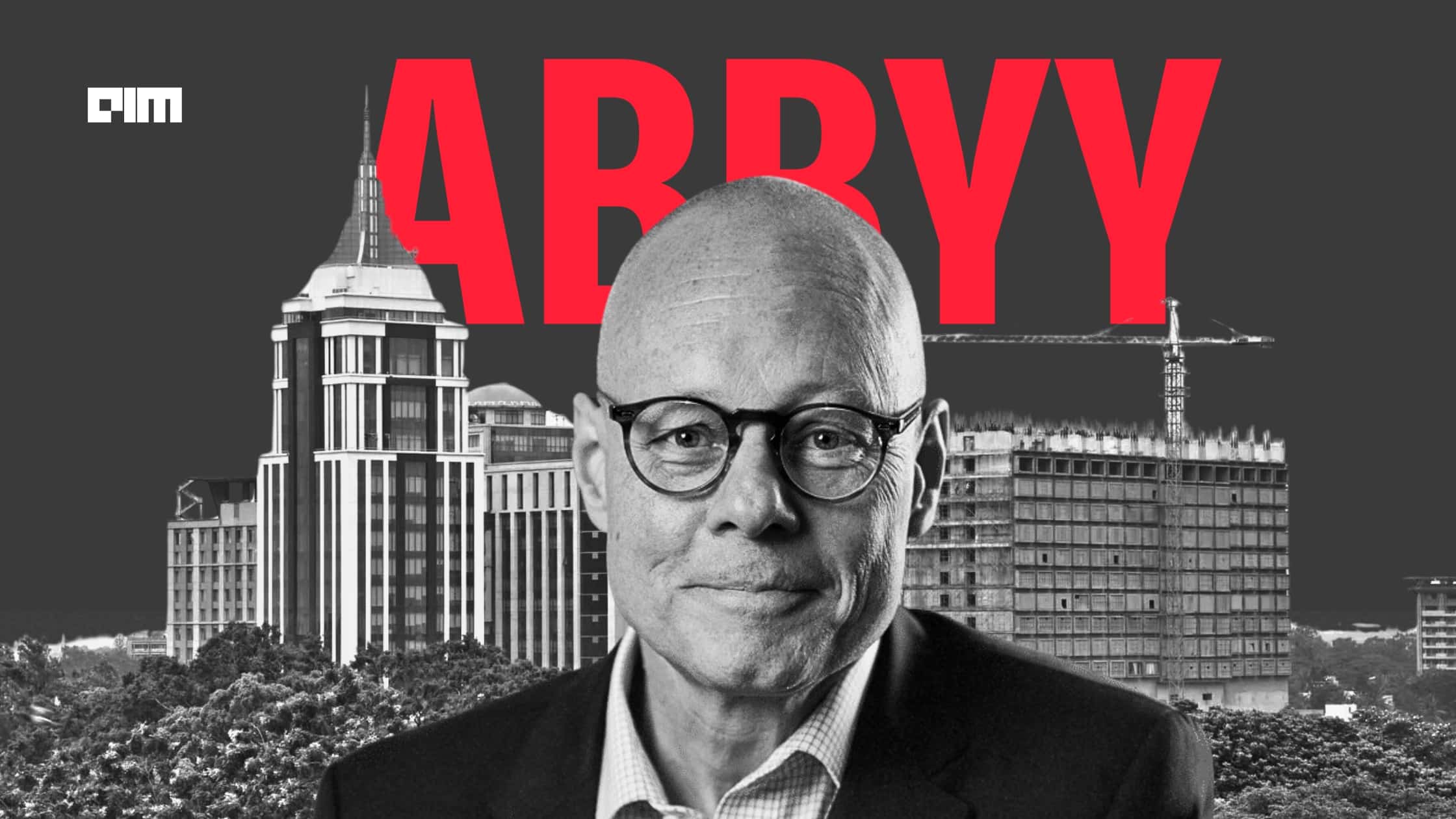
CEO Ulf Persson revealed that the company had secured a new office in the Central Business District of Bengaluru, which can accommodate over 65 employees.

By integrating apprenticeship programs into their hiring and talent development strategies, GCCs are not just training employees but shaping the future of work.

Many GCCs are adopting a cautious approach, preferring to observe how DeepSeek evolves before making significant commitments.